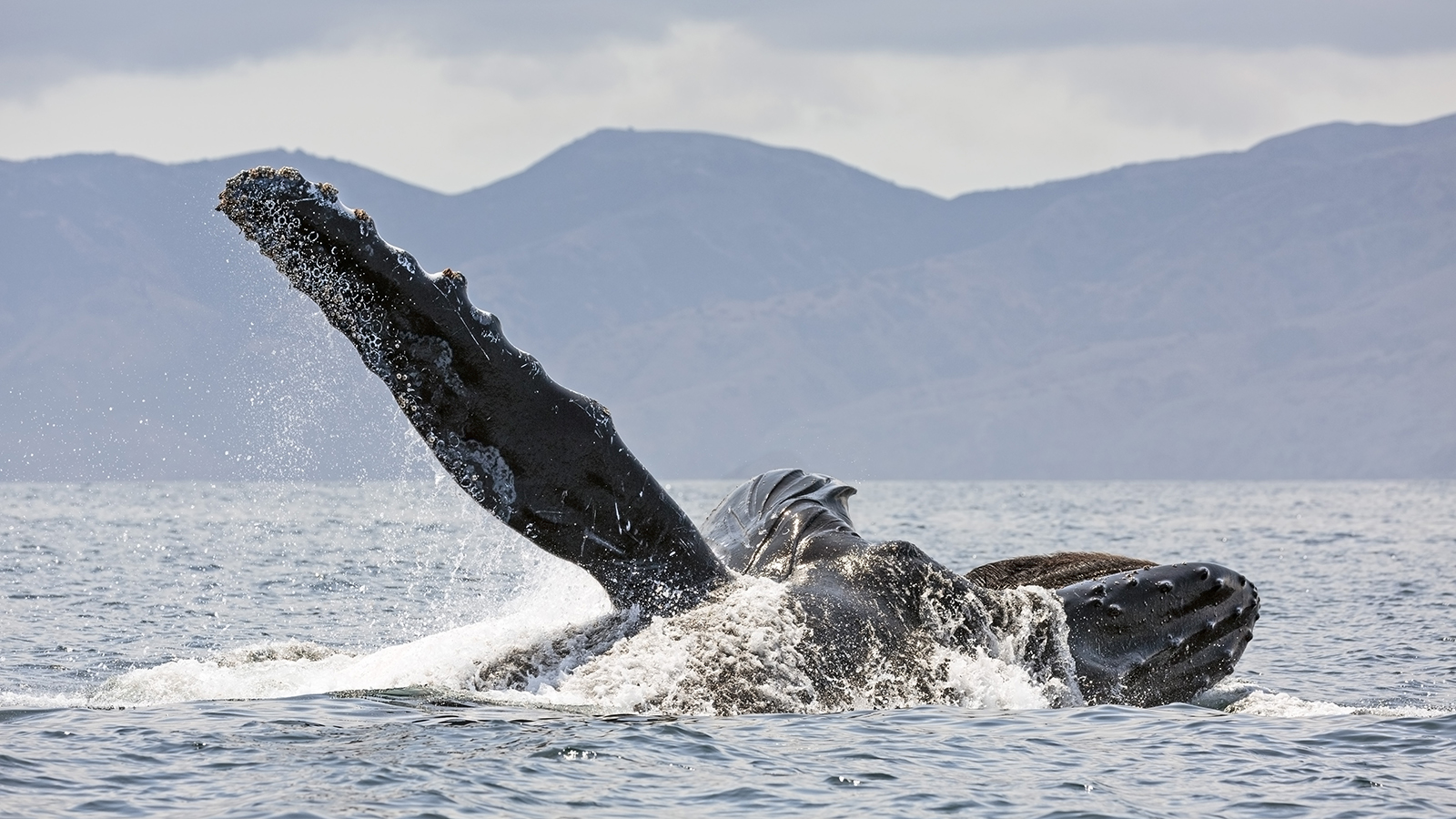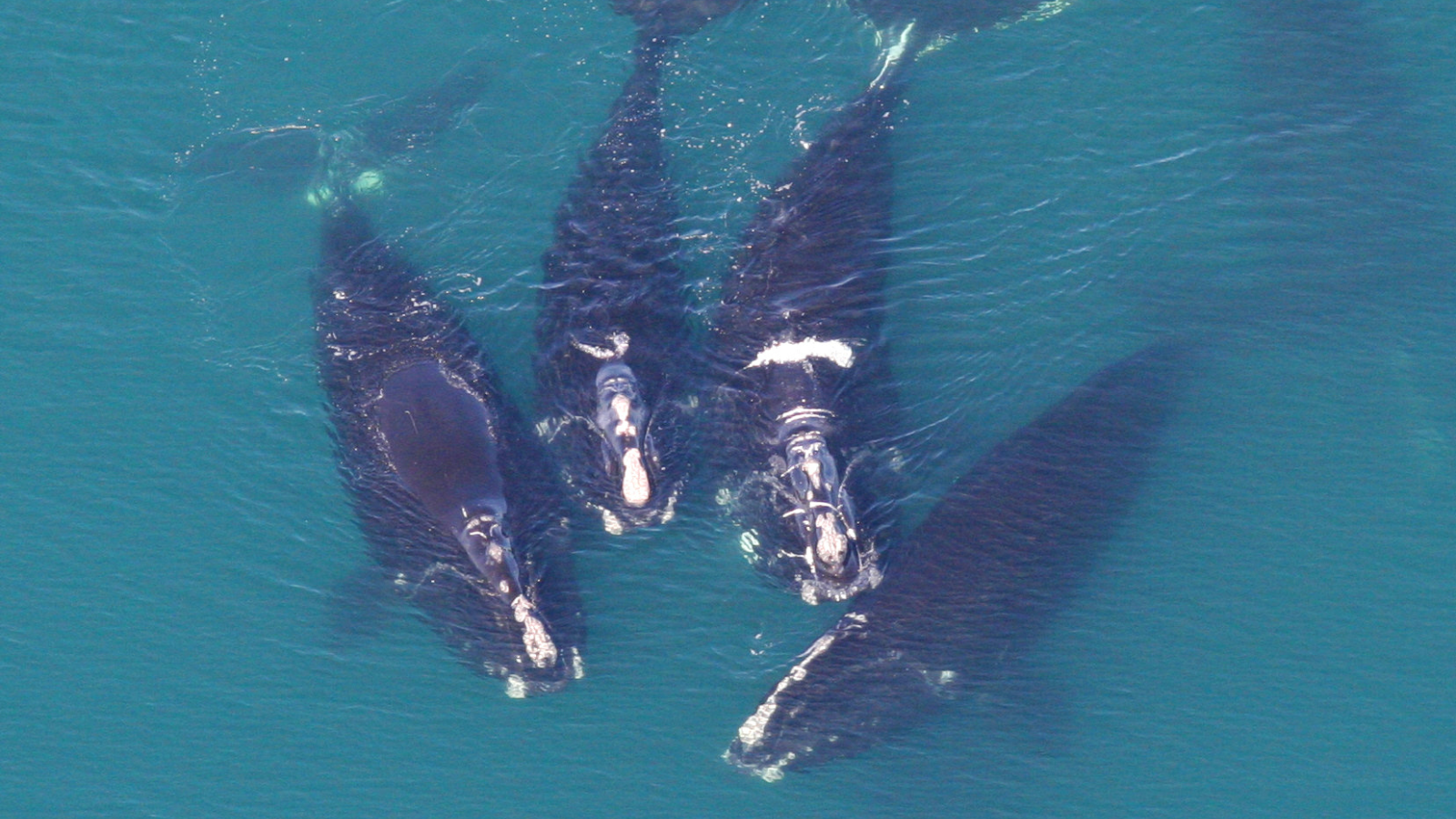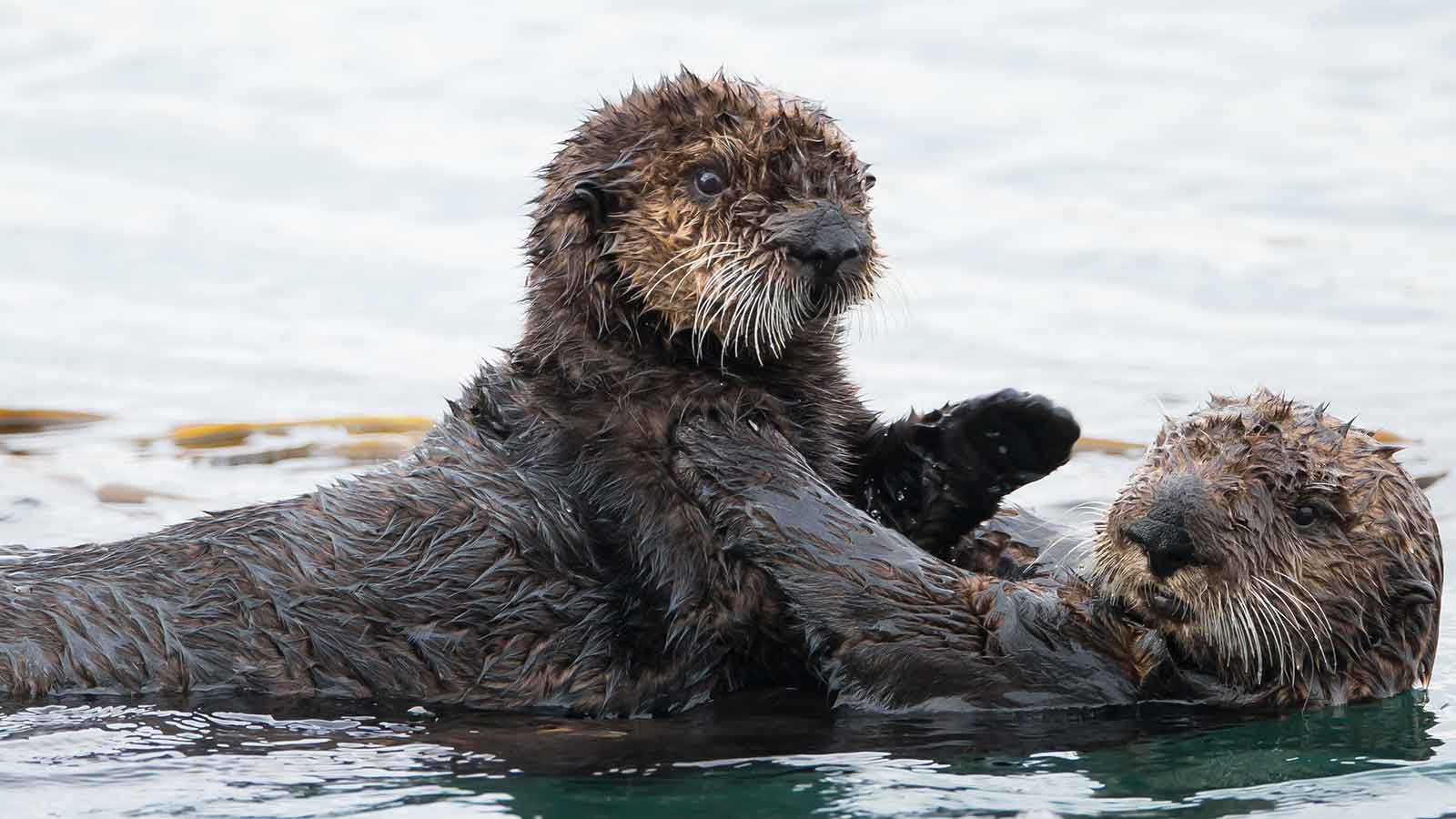The humpback comeback in the Pacific Northwest: what have we learned?
The whaling industry almost wiped out humpback whales in the Pacific Northwest but they've rebounded. What can we learn from this?

As a child, I distinctly remember a whale watching tour I took in Maine. The trip promised amazing views of humpback whales, and at such a young age, I was skeptical. It turns out I was wrong as the two hour journey left me breathless and full of memories of humpbacks as long as the boat playfully rolling over and spouting water less than 50 feet away.
Humpback whales are incredible. Adults can grow up to about 60 feet in length and make the iconic whale song we know and love. Every year, they migrate thousands of miles across our world’s oceans and sustain their multi-ton bodies on a diet of small fish and krill.
Despite their popularity with the vast majority of people, the whaling industry and other factors nearly wiped them out.
The rise and fall
In the 1980’s, commercial whaling was banned across the globe, and at the time estimates placed humpback’s at about 5% of their historic populations. In places like the Pacific Northwest, it was difficult to spot even a couple in Puget Sound. They were all but gone. However, over the past couple of decades they’ve done a 180 and rebounded.
Surging numbers in the Pacific Northwest
Our coasts have gone from about 500 whales to over 5,000 and estimates suggest an 8% annual growth rate of humpback whales in the waters around Seattle and Vancouver. The moratorium on commercial whaling has been impactful, but there are multiple factors that are attributable to the whale’s resurgence in the Pacific Northwest.
Implementation of laws outlined in the U.S. Endangered Species Act and the Marine Mammal Protection Act helped these marine mammals but better sewage treatment and subsequent improvements in water quality also played a role.
Despite the apparent increase in numbers though, the humpbacks here are still at risk.
Don’t call it a comeback
Whales in the waters off Washington, and around the world, face threats of entanglement and vessel strikes on a daily basis. Over time our ships have gotten bigger and faster to the point where many captains that hit whales don’t even realize it. Over the past 20 years, entanglements in California, Washington and Oregon have also dramatically increased, particularly during marine heat waves where whales venture closer to shore to find food.
Despite the rise in numbers, it’s clear that entanglements and vessel strikes continue to endanger these animals. It’s a good lesson in knowing that wildlife conservation is an ongoing fight and even when population numbers are improving “there is a wolf at every door.”
How we can help whales worldwide
For whales around the world there is so much we can do to help them. No doubt that just like in the Pacific Northwest, improving water quality and continuing to outlaw commercial whaling is important. However, the most significant changes we can make would be to reduce vessel speeds in their habitat as well as to incorporate ropeless fishing gear to reduce deadly entanglements.
Conservation measures have worked before. We must act again to help these massive whales continue to recover.
Topics
Authors
Find Out More

We’re hiring interns who envision a cleaner, greener world

A wave of youth ocean activism in Boston

Save the Whales

